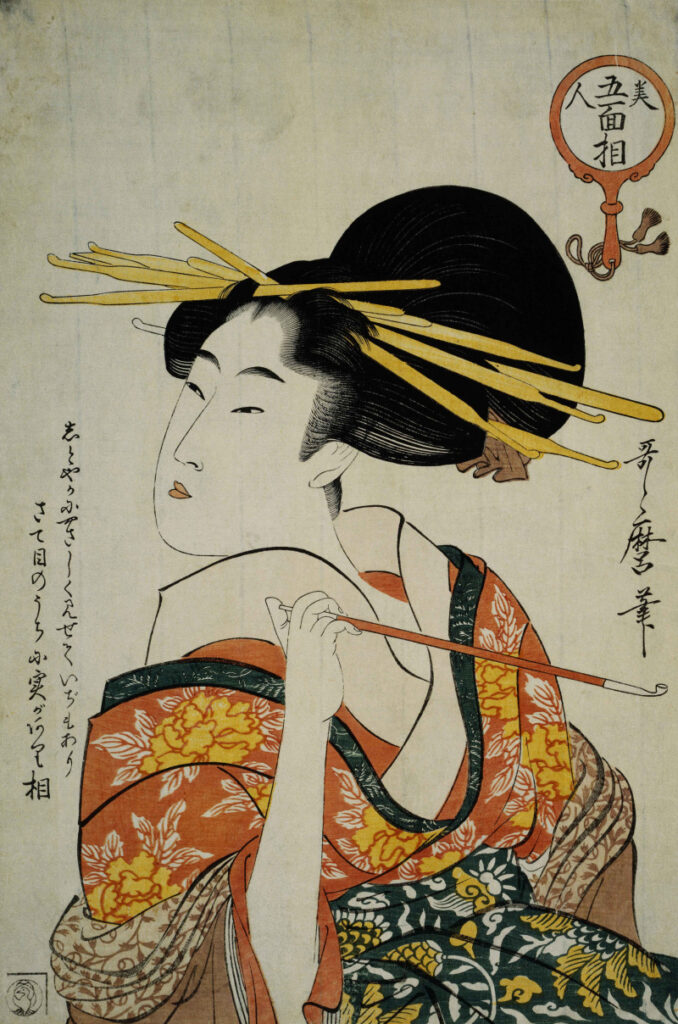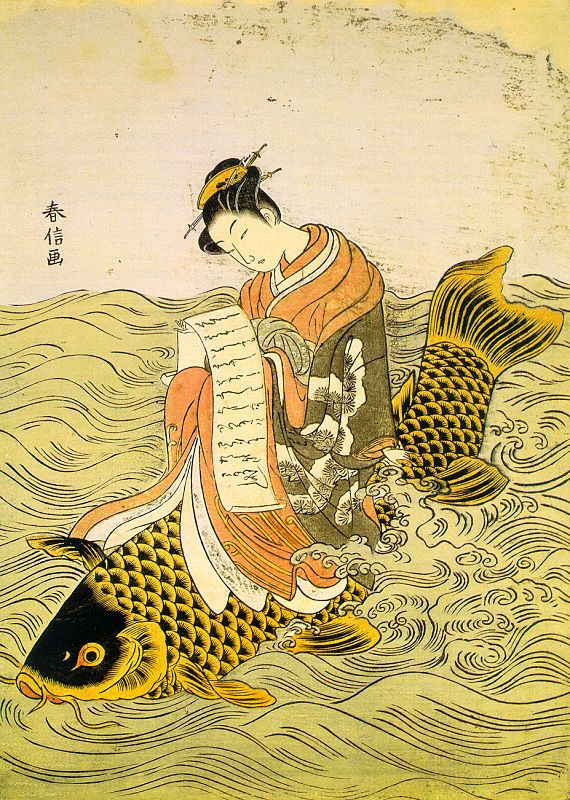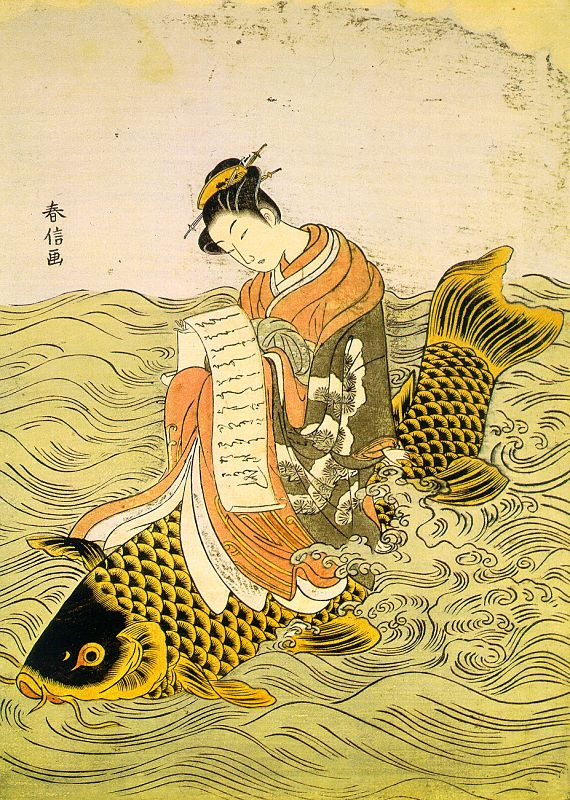Harmony, an emphasized fusion of nature and man, always came first for masters from the land of the Rising Sun. The art of China had a strong influence on the traditional Japanese art.
Traditional Japanese art is undergoing a significant transformation due to Western influence. This continues to this day. An interesting phenomenon arises when, on the one hand, the classical Japanese traditions in painting continue, on the other hand, the commercialization of art leads to the emergence of hybrids like manga, in which there is a strong Western influence, but there is also a national identity.

It is impossible to tell everything about Japanese art within the framework of one article. There are many styles and genres that are interesting to both the general public and a narrow circle of specialists.
Therefore, we will focus on a few of the most characteristic phenomena of Japanese art.
Emaki
Emaki are handwritten scrolls with drawings and calligraphic text. These are not only landscapes and portraits of nobles, but also images of natural disasters (for example, floods), personifications of mythical creatures, and images of architectural objects.
Tosa
Tosab was named after its founder, Tosa Mitsuyoshi. It was a polychrome painting with a characteristic image of golden clouds.
Ukiyo-e
Ukiyo-e can be translated as “pictures of the floating world”, “pictures of the disappearing world” – a concept that corresponds to the Buddhist concept of the ephemeral nature of everything. The ukiyo-e genre includes many well-known works in the West, including Hokusai’s The Great Wave.
The peculiarities of Japanese art lie in the fact that for a long time it developed in isolation from the Western one. But in the 18th century, the Dutch brought European engravings to Japan. And Western traditions began to influence Japanese art. This is how elegant Surimono engravings were born, executed on square-shaped paper.

Often they were made to order by various public institutions as an analogue of modern postcards, since the image was supplemented with calligraphic inscriptions. Still life was the main genre of Surimono. Often these were congratulatory Surimono for the New Year, covered with gold and silver sparkles.
Simultaneously with the art of ukiyo-e, two more directions in painting developed – Nanga (Budzinga), which was influenced by Chinese painting, and Shijo, in which the naturalistic depiction of the animal and plant world was considered the main one.
The largest Japanese artist of the Momoyama period is Kano Eitoku (1543−1590). He became the ancestor of a new style, when artists began to turn not to the whole landscape, but to its large multi-colored detail. On a shining golden background, the artist painted flowers and trees with rich colors.

























